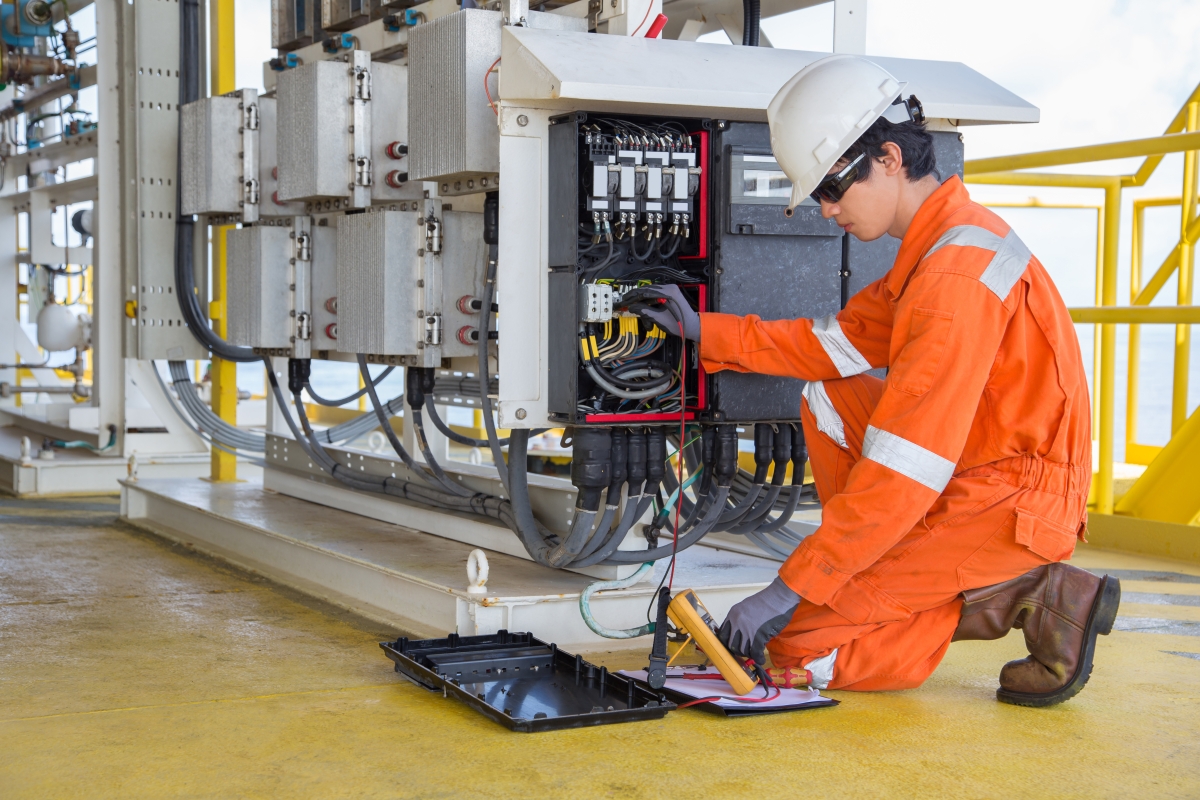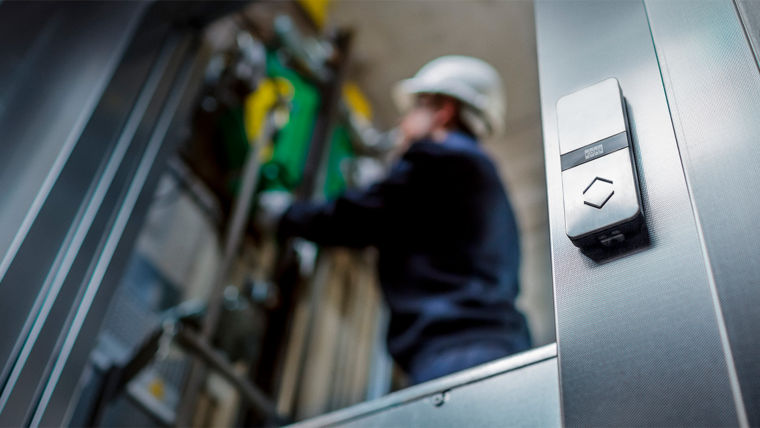The Significance of Routine Upkeep to Protect the Performance of Elevators
In the world of vertical transport, lifts play a critical duty in making sure smooth flexibility within numerous frameworks. The operational performance of elevators rests upon precise maintenance methods that often go unnoticed yet are important for their proper functioning. Routine maintenance not only guarantees the smooth operation of elevators but also functions as an aggressive step to prevent prospective malfunctions that might impede their efficiency. The true importance of sticking to suggested maintenance schedules prolongs past plain operational effectiveness.
Value of Lift Upkeep
Elevator upkeep is a vital technique for ensuring the safety and security and trusted procedure of vertical transport systems. Regular maintenance not just extends the life expectancy of lifts however also lowers the danger of unanticipated break downs that can inconvenience building passengers and visitors. By adhering to an arranged maintenance plan, structure owners and facility supervisors can spot and attend to potential concerns prior to they escalate into major issues, thus reducing pricey repair work and downtime.
In addition, lift maintenance plays a crucial role in maintaining conformity with safety and security laws and requirements. Normal examinations and servicing aid to identify and fix any kind of safety and security dangers immediately, ensuring that the elevator runs within specified safety criteria. This positive approach not only secures the wellness of passengers but also shields the structure owner from legal liabilities in case of injuries or accidents.

Cost-Efficiency of Regular Servicing
Ensuring regular servicing of upright transport systems can cause considerable price savings and functional performances for building proprietors and center managers. By spending in regular maintenance for lifts, potential issues can be determined and resolved promptly, avoiding extra comprehensive and expensive repairs in the future. Regular maintenance helps to prolong the life expectancy of lift components, lowering the demand for premature replacements that could strain the budget.
Moreover, properly maintained elevators are more energy-efficient, as efficiently running systems consume much less power. Effective lifts likewise add to enhanced tenant satisfaction and retention, as homeowners profit from reputable vertical transport that operates seamlessly.
Precaution and Examinations
To maintain the cost-efficiency and operational performance achieved via routine servicing of vertical transport systems, complete precaution and assessments are important components of an elevator maintenance program. Precaution encompass a series of protocols created to stop crashes, decrease dangers, and guarantee the wellness of lift individuals. Regular evaluations play a crucial duty in recognizing possible safety dangers, such as faulty wiring, worn-out components, or incorrect door functioning. These evaluations ought to be conducted by certified service technicians who can examine the general condition of the elevator system and resolve any type of issues promptly.
Along with routine evaluations, lift upkeep programs must include periodic safety examinations to verify the correct performance of vital safety features, such as emergency situation brakes, overspeed guvs, and door sensors. These examinations help make sure that the lift system meets industry security requirements and guidelines. By prioritizing precaution and inspections, structure proprietors and facility managers can boost the reliability of their upright transportation systems and provide a safe and secure environment for occupants and visitors.
Enhancing Lift Efficiency
Enhancing lift efficiency entails a mix of regular maintenance, innovation initiatives, and technological advancements. Normal maintenance jobs such as lubricating moving parts, changing door systems, and inspecting electric parts can dramatically improve the efficiency and life-span of lifts.
Technical improvements, such as location dispatch systems and predictive maintenance devices, can also enhance lift efficiency by maximizing traffic flow and detecting possible problems before they create downtime. These innovations not just enhance the total performance of elevators however additionally boost passenger experience by reducing wait times and supplying a smoother experience.

Making Sure User Satisfaction
Structure upon the structure of enhanced lift efficiency click through normal maintenance and innovation initiatives, the emphasis currently moves towards optimizing individual contentment within the lift experience. One critical element is the integrity of the elevator system, where customers expect marginal downtime and efficient operation.

Conclusion
In verdict, normal maintenance of lifts plays a vital duty in guaranteeing their security, performance, and performance. Normal maintenance here is a necessary method to secure the reliable operation of lifts in additional reading both property and business buildings.
Elevator upkeep is an important method for making certain the safety and security and trusted operation of vertical transportation systems.To maintain the cost-efficiency and functional effectiveness achieved via normal maintenance of vertical transportation systems, complete safety and security steps and examinations are vital parts of a lift upkeep program (lift maintenance).In addition to routine examinations, lift maintenance programs should consist of periodic security examinations to validate the correct performance of vital safety and security functions, such as emergency brakes, overspeed governors, and door sensors.Building upon the structure of boosted lift efficiency through routine upkeep and modernization initiatives, the focus currently moves in the direction of optimizing individual complete satisfaction within the elevator experience.In verdict, regular upkeep of elevators plays an essential function in guaranteeing their performance, efficiency, and safety